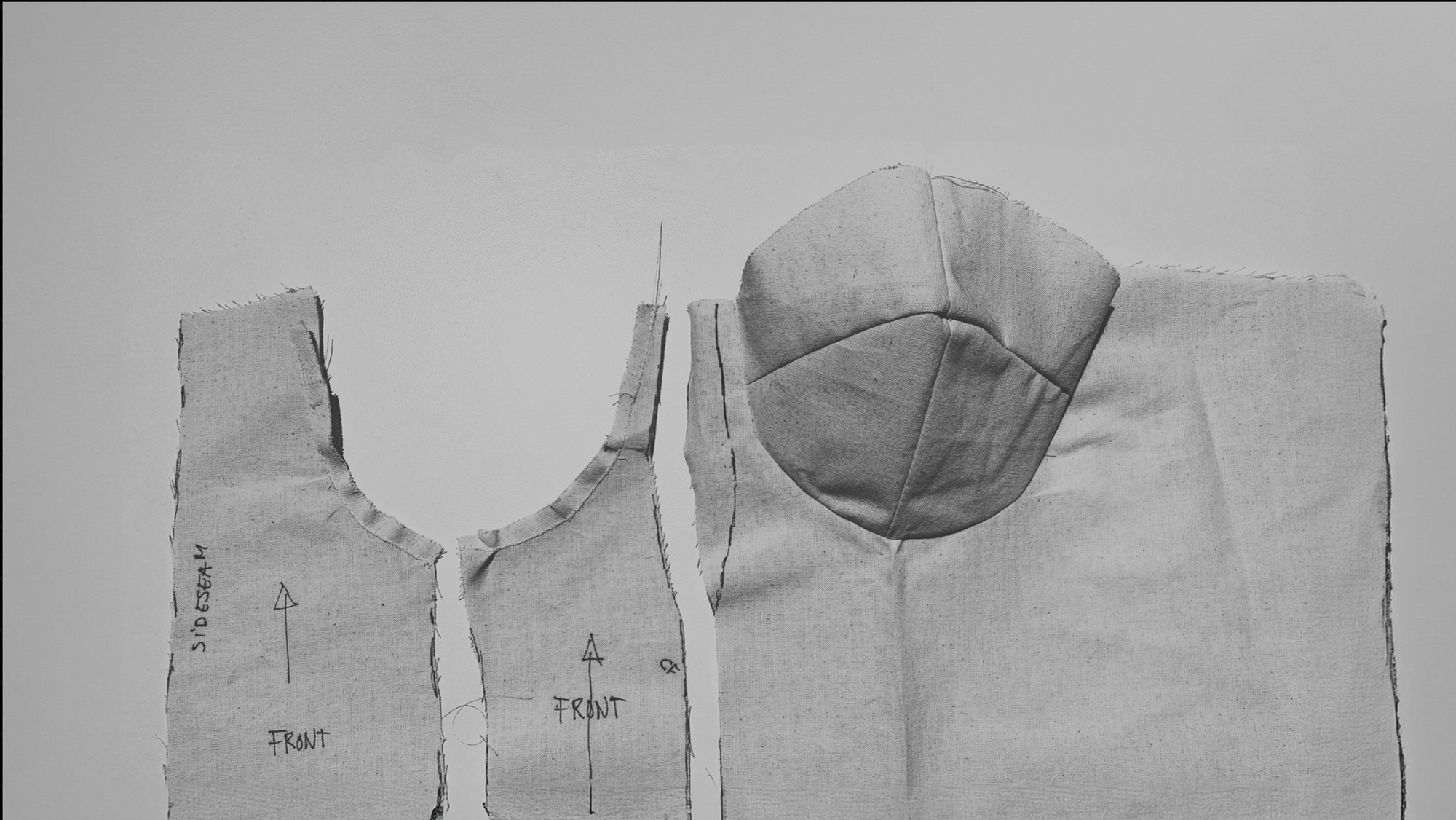GENERAL WASH CARE
Always follow the care instructions on the garment label. If you’re unsure, feel free to contact us for guidance.

Fabrics
Special note for denim
Always wash denim inside out, otherwise it will bleed out. Jeans should be washed as little as possible and never tumble dried as they can shrink. Rather dry line to preserve the fit and helps avoid possible shrinkage or fabric warping. Powder detergent can cause stains on dark denim.










